- Call us: +91 97377 01204 | +91 95107 05371
- Email: info@surgicarepharma.com
- 24/7 hrs Open
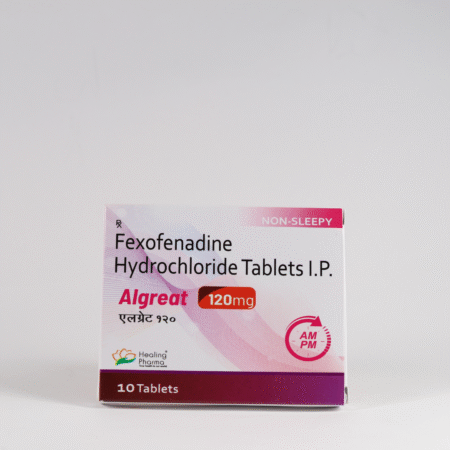
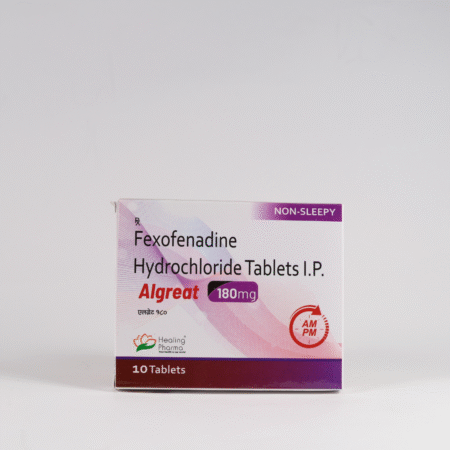


Fluorescein Sodium Injection 100 mg (10% w/v) is a sterile, preservative-free diagnostic dye used in fluorescein angiography to visualize the blood vessels of the retina and choroid. Administered intravenously, it helps in diagnosing conditions like diabetic retinopathy, macular degeneration, and retinal vascular disorders. The dye fluoresces under blue light, allowing detailed imaging of ocular circulation.

Fluorescein Sodium Injection 200 mg (10% w/v) is a sterile, preservative-free diagnostic dye used for fluorescein angiography in ophthalmology. It helps visualize the retinal and choroidal vasculature under a specialized blue light during fundus photography. This injectable dye is essential for diagnosing and monitoring conditions such as diabetic retinopathy, macular degeneration, retinal vein occlusion, and other vascular disorders of the eye.
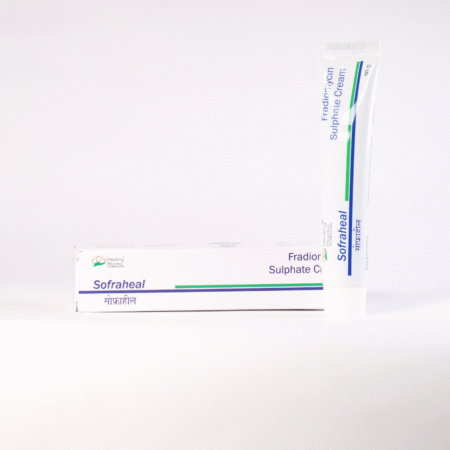
Fradiomycin Sulphate Cream is a topical antibiotic used to treat bacterial skin infections such as impetigo, infected wounds, eczema, and minor burns. It belongs to the aminoglycoside class and works by inhibiting bacterial protein synthesis, leading to the destruction of bacteria. The cream is applied 2 to 3 times daily to the affected area and is effective against many gram-positive and some gram-negative bacteria. It is generally well tolerated but may cause mild skin irritation or allergic reactions in some cases. Prolonged use or application on large or damaged skin areas should be avoided to reduce the risk of systemic absorption or resistance.
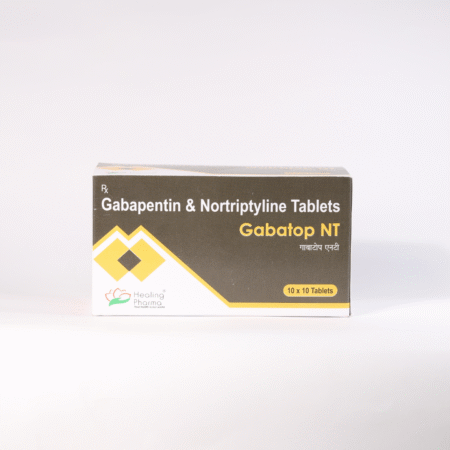
Gabapentin Nortriptyline Tablets are a combination medication used primarily to treat neuropathic pain, such as pain caused by diabetes, shingles, or nerve injuries. The tablet contains Gabapentin, an anticonvulsant that calms overactive nerves, and Nortriptyline, a tricyclic antidepressant that alters the way the brain perceives pain by increasing levels of certain neurotransmitters. Together, they work synergistically to provide better pain relief than either drug alone.
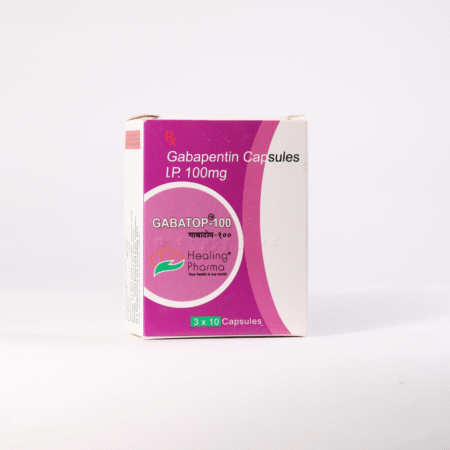
Gabapentin Capsules IP 100 mg is a prescription medication commonly used to manage neurological conditions such as neuropathic pain and epilepsy. It belongs to the class of anticonvulsants and nerve pain relievers, offering significant relief for patients with chronic nerve-related conditions. Gabapentin is particularly effective in treating pain caused by nerve damage, such as diabetic neuropathy, postherpetic neuralgia (shingles-related pain), and spinal cord injuries. Additionally, it is used as an adjunctive therapy to control partial seizures in adults and children aged 3 years and older.
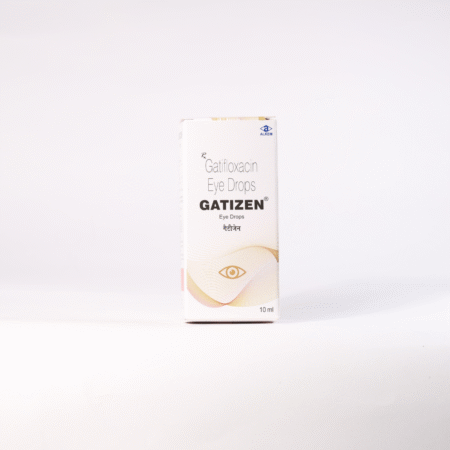
Gatifloxacin eye drops are a sterile ophthalmic solution containing a fourth-generation fluoroquinolone antibiotic that treats bacterial infections of the eye. It works by inhibiting bacterial enzymes essential for DNA replication, effectively killing a broad range of gram-positive and gram-negative bacteria. The drops are commonly used to manage conditions such as bacterial conjunctivitis, keratitis, blepharitis, and to prevent infections following eye surgery or trauma.
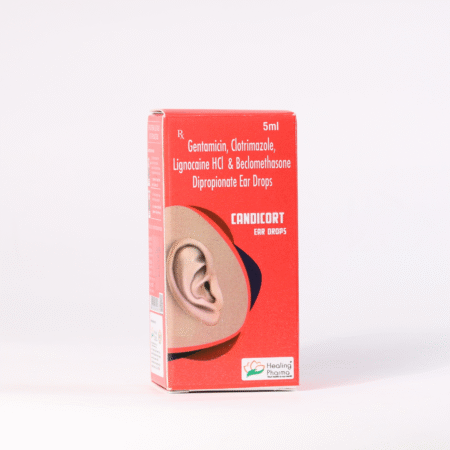
Gentamicin, Clotrimazole, Lignocaine HCl & Beclomethasone Dipropionate Ear Drops are a combination ear medication used to treat external ear infections caused by bacteria and fungi. Gentamicin is an antibiotic that eliminates bacterial infections, while clotrimazole targets fungal pathogens. Beclomethasone is a corticosteroid that helps reduce inflammation, swelling, and redness, and lignocaine provides fast pain relief through local anesthesia.
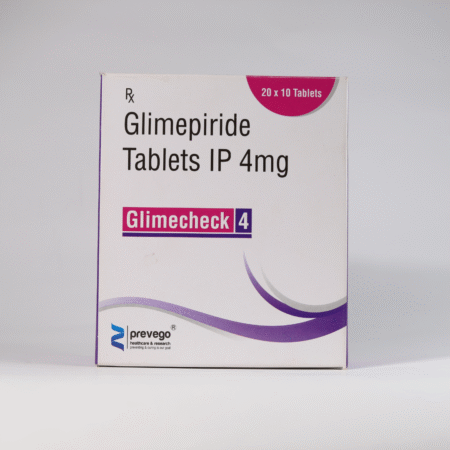
Glimepiride Tablets IP 4 mg are oral antidiabetic tablets used in the treatment of type 2 diabetes mellitus. Glimepiride is a second-generation sulfonylurea that lowers blood sugar by stimulating insulin release from the pancreas and improving insulin sensitivity in peripheral tissues. It is typically prescribed once daily, preferably with breakfast or the first main meal, and may be used alone or in combination with other antidiabetic medications. Glimepiride offers effective blood glucose control but requires monitoring to avoid hypoglycemia, especially in elderly patients or those with kidney or liver impairment.
